Lactational (postpartum) mastitis is an inflammatory disease of the mammary glands that occurs at the stage of breastfeeding. Most often, the disease occurs in primiparous women in the first weeks of lactation, as well as during weaning. Mastitis during breastfeeding is caused by pathogenic microorganisms (Staphylococcus aureus and Streptococcus aureus).
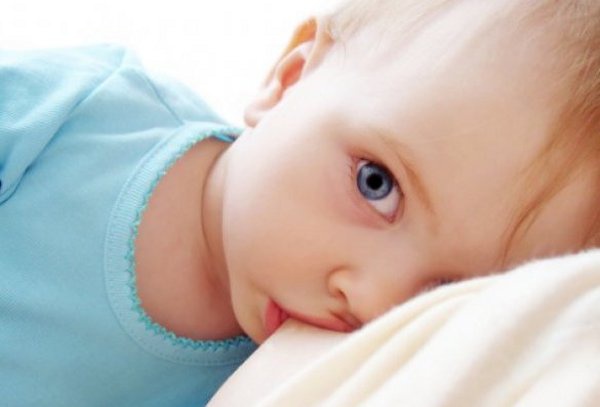
Causes of lactational mastitis
- Microcrack of the nipples. The entrance gate for the microbes that cause mastitis is the nipple. Therefore, any inflammatory disease with microcracks on the nipples (for example, breast thrush) can lead to the spread of infection into the mammary gland. (read the article about fissures of the chest).
- Inadequacy of nipples for feeding.
- The postpartum period in women is accompanied by: a) hormonal changes, b) a decrease in immune forces - which can also lead to mastitis.
- Failure to comply with basic standards of breast hygiene.
- Hypothermia.
- The presence of tumors in the mammary gland.
- Lactostasis. After childbirth, the breast swells very much, as the first influx of milk occurs. At the same time, the baby may still have little or no breastfeeding, which leads to stagnation of milk in the mammary gland - THIS is the most common cause of mastitis in a nursing mother. We read about lactostasis
Symptoms
The disease is manifested by the following symptoms:
- Compaction, swelling and pain in the entire chest or any part of it (nipple, halo, mammary gland).
- Redness of the skin at the site of inflammation.
- Difficulty in the outflow of milk, problems with feeding.
- Fever up to 380C and more. Headache, chills, weakness.
- Enlarged axillary lymph nodes.
Mastitis is difficult to confuse with another disease of the mammary glands, so if there are the above symptoms, then you must see a doctor within two days. In this case, the first days you do not need to stop feeding the baby with healthy breasts, and milk should be expressed from the breast with mastitis until you are convinced that there is no infectious process in it.
With purulent mastitis, which is determined by ultrasound, you should stop feeding the baby and healthy breasts, since pus can enter the healthy mammary gland through the blood. It will be possible to resume breastfeeding only after recovery and testing for the presence of infection in milk.
Video number 1
What can not be done with suspected mastitis
- Mastitis with lactation is not a reason to immediately stop breastfeeding. It is strictly forbidden to use any means or drugs to inhibit lactation, to be limited in fluid intake for this purpose.
- In no case should the place of inflammation be warmed: do not take hot baths and showers, do not apply a heating pad.
- Do not do it independently pick up antibiotics or try folk remedies.
Mastitis treatment
The effectiveness of treatment is directly related to the timeliness of the necessary therapy. If mastitis began to be treated in the first 2 days after the onset of characteristic symptoms, then surgical intervention is most likely not needed. The operation is prescribed only in case of purulent mastitis. Most often, the treatment proceeds on an outpatient basis, as the mother continues to breastfeed her baby, and this is an important factor in the treatment of mastitis. Stopping breastfeeding with mastitis can only complicate the disease.
Mastitis therapy includes:
- The most important thing at the beginning of the disease is to continue to stimulate the outflow of milk from the mammary glands. First, you need to apply the baby to the sore chest, since maximum emptying is more important for her. Expression should be regular, as it is important to reduce the load on the gland and prevent the appearance of new stagnant foci. Contraindication to feeding from a mastitis breast can only be taking antibiotics, which are prescribed only if other conservative (non-surgical) methods do not help.
- Regular manual massage from the edges of the breast to the nipple contributes to the outflow of milk.
- After feeding on sick breasts, ice or a heating pad with ice should be applied through tissue for 15 minutes.
- For better outflow of milk and relieve spasms in the mammary gland, a solution of oxytocin 4 drops 5 to 6 times a day is taken before feeding.
- It is important to treat the external focus of infection: if there are cracks or inflammation on the nipple, then it should be smeared with Bepanten, Purelan - 100 or other anti-inflammatory and healing ointments that your doctor will prescribe.
- If the temperature rises above 380C, you need to take antipyretic drugs.
- With a prolonged infectious inflammatory process, the doctor prescribes antibiotics, which are selected depending on the pathogen and are drunk in a course of 5-10 days. In parallel with antibacterial drugs, drugs that inhibit lactation are prescribed. During this period, the child is transferred to artificial feeding with mixtures. After recovery, breastfeeding can be resumed.
Folk remedies
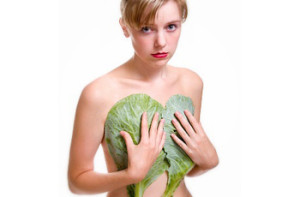
At the first signs of mastitis, along with the main methods of treatment, some folk remedies can help:
- Cabbage leaf is applied to the sore chest for the whole day and at night under a bra.
- Compresses and leaves of alder and mint. You can take dried leaves and soak them in boiling water for 2 minutes, apply in gauze to a sore chest for 15 minutes before each pumping or feeding.
- Leaves of burdock (coltsfoot) scalded with boiling water, apply to the chest for 10 - 15 minutes.
Prevention
With breastfeeding, mastitis is doubly unpleasant, because it brings discomfort not only to the mother, but also to the baby. Therefore, it is important to constantly monitor the prevention of this disease.
Firstly, the first weeks after the birth, it is necessary to express milk, which the baby is malnourished. Decantation will not only prevent stagnation of milk, but also stimulate its production. It is most convenient to pump through a breast pump, it provides a better and more complete suction of milk from all ducts of the gland and will save your time. Useful article on how to choose a breast pump and how to express breast.
– How to express breasts with hands >>>
Secondly, it is important to correctly apply to the baby’s chest and change position during feeding to ensure a uniform outflow of milk. Read how to apply to the chest
Thirdly, it is necessary to treat cracks in the nipples, which often occur in beginner nurse. You can smear the nipple with Bepanthen before and after feeding, or use special breast tips for feeding.
It is very important to observe hygiene: take a shower once a day, change a bra. Make sure that no drops of milk remain on the nipples after feeding. Do not wash your breasts after each feeding, so you can only break the protective layer of the skin. It is enough to dip the remaining milk with a clean cloth or wipe the nipple with a cotton pad soaked in boiled water. For the shower, it is better to use not soap, but gels with a neutral pH.
Do not panic and be too nervous when you suspect mastitis, your emotional state is transmitted to the baby and affects lactation. Calmly carry out all medical measures, do not delay the visit to the doctor. Almost all nurses face stagnation in the chest, but not every one of them passes into mastitis.
We read useful articles on the topic of GW:
- All About Breastfeeding: Tips for Moms and WHO Recommendations.
- Why does breast sore during breastfeeding?
- Breast massage while feeding.
- Basic and main rules of breastfeeding.
Video number 2

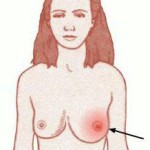
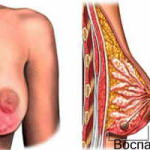



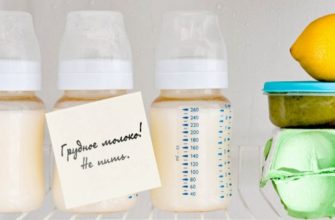
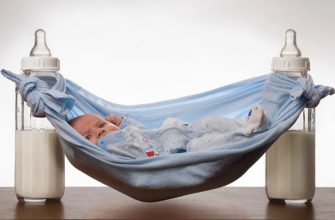
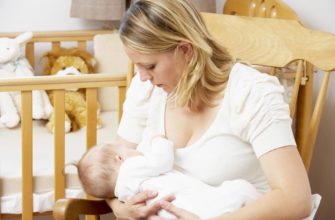


There is another reason for mastitis: an uncomfortable bra. Gynecologists strongly recommend only nursing bras, but it happens that they don’t listen to the recommendations. My girlfriend is proof of that. The temperature is under 40, chest pain, and of course, motherhood ceases to be sweet.
In the end, a similar market niche is well developed, you can easily find a beautiful specimen that dad will appreciate.
On the very first day of breast compaction, I started massaging it before each expressing, smeared the cracks with simply lanolin (several times cheaper than purelana-100, which in essence is lanolin) and the cabbage leaf went through for the whole day. Only now it needs to be slightly kneaded with a rolling pin and put in the refrigerator. And most importantly, Traumeel ointment helped me, here it saved me in the literal sense.
Mastitis, this is really a problem. In addition to the symptoms listed above, my chest became hard as a stone. I took pills and put ice, but it helped, as a result - vodka. My grandmother advised me to do vodka compresses. 2 days with vodka compresses on the chest and everything was completely removed.
I had similar problems: in the first days, the breasts increased significantly in volume, seemed hard to the touch and painful sensations appeared when pressure was applied to the chest, and I was very afraid that these were signs of mastitis, because I had sensitive nipples and the baby simply on the second day sucked them to sores and it seemed to me that the microbes that caused the infection could penetrate. Mom advised me to smear the nipples with an antimicrobial Syntomycin ointment, although she had to be washed off before feeding, but all the cracks and sores quickly disappeared.
Horrible.
Ice must not be applied.What clever man wrote an article?